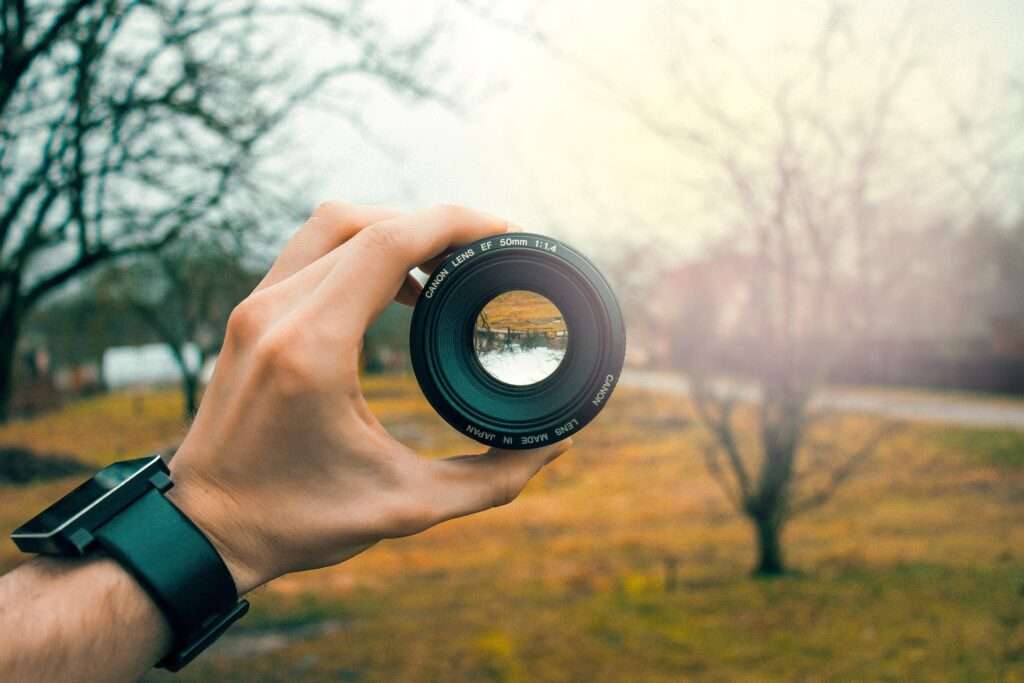Product Photography Ideas with Smartphone: Tips to Create Stunning Images
Product photography is essential for any business that sells products online. High-quality product images can significantly impact your sales and conversion rates. However, hiring a professional photographer can be costly. Fortunately, with advancements in smartphone camera technology, you can now take high-quality product images with your smartphone. In this article, we will discuss some product photography ideas with a smartphone to help you create stunning images.
Lighting
Lighting is one of the most critical elements of photography, and it’s no different for product photography. You want to make sure your product is well-lit, but not overexposed. You can achieve this by using natural light or artificial light sources, such as lamps or LED lights.
Natural light is often the best option for product photography. You can take advantage of the soft, diffused light that comes in through a window. Avoid direct sunlight as it can create harsh shadows and overexpose your product.
If you’re working with artificial light, make sure to diffuse it using a softbox or a diffuser. This will help create a soft, even light that will highlight your product’s features.
Background
Choosing the right background for your product is essential. You want to select a background that will complement your product, rather than detract from it. You can use a plain white background, a colored background, or even a patterned background.
A plain white background is a classic choice for product photography. It helps create a clean, minimalistic look that is perfect for showcasing your product. If you want to add some color, consider using a colored background. Choose a color that complements your product and helps it stand out.
For more creative product photography, consider using a patterned background. This can be anything from a textured fabric to a colorful wallpaper. Just make sure the pattern doesn’t overwhelm your product and that it doesn’t clash with your product’s colors.

Composition
Composition is the arrangement of elements in a photograph. It’s essential to create a visually pleasing image that draws the viewer’s eye to your product. The rule of thirds is a good starting point for composition. Imagine dividing your image into three equal parts horizontally and vertically. Place your product on one of the intersecting points, and you’ll create a visually pleasing composition.
You can also play around with the angle of your product. Shooting from a low angle can make your product appear larger and more imposing, while shooting from a high angle can make it appear smaller and more approachable.
Props
Props can help create a mood or theme for your product photography. They can also help provide scale and context for your product. When choosing props, make sure they complement your product and don’t steal the show.
For example, if you’re photographing a camera, you could add a tripod or some other camera gear to help provide context. If you’re photographing a piece of jewelry, you could add a small vase of flowers to create a romantic mood.
Editing
Once you’ve taken your product photographs, it’s time to edit them. Editing can help enhance your images and make them look more professional. You can use a photo editing app on your smartphone or a desktop photo editing software.
When editing your product photographs, make sure to adjust the brightness, contrast, and saturation levels. You can also crop your images to remove any distractions and create a tighter composition.
Use Different Angles
Taking photographs of your product from different angles can help showcase its features and make it more appealing to potential buyers. Experiment with different angles to find the best one that highlights the product’s strengths.
For example, if you’re taking a photograph of a bag, you can take a close-up shot of the straps or the bag’s logo to
emphasize its quality and details. Or, if you’re photographing a piece of furniture, you can take a shot of the entire piece, as well as close-ups of its unique features, such as carved details or intricate patterns.
Use Reflections
Reflections can add an interesting element to your product photography. You can use reflective surfaces, such as mirrors or glass, to create reflections that add depth and dimension to your images.
For example, if you’re photographing a piece of jewelry, you can place it on a mirrored surface to create a reflection of the jewelry that adds a beautiful and unique touch to the photograph.
Experiment with Textures
Textures can also add interest to your product photography. You can use different textures, such as fabrics, wood, or metal, to add depth and contrast to your images.
For example, if you’re photographing a piece of clothing, you can place it on a wooden surface to add a rustic and natural feel to the image. Alternatively, you can use a soft fabric to create a cozy and comfortable mood.
Tell a Story
Product photography is not just about showcasing your products. It’s also about telling a story and creating a connection with your audience. You can do this by using lifestyle photography, which showcases your product being used in a real-life scenario.
For example, if you’re selling a pair of sneakers, you can take photographs of someone wearing the sneakers while running or playing sports. This will help your audience visualize themselves wearing the sneakers and create a deeper emotional connection with your brand.
In conclusion, taking high-quality product photographs with your smartphone is easier than ever before. By following these product photography ideas, you can create stunning images that showcase your products in the best light possible. Remember to experiment with different lighting, backgrounds, composition, and props, and don’t be afraid to get creative with your product photography. With a little bit of practice, you can create images that will help your products stand out and drive more sales for your business.

